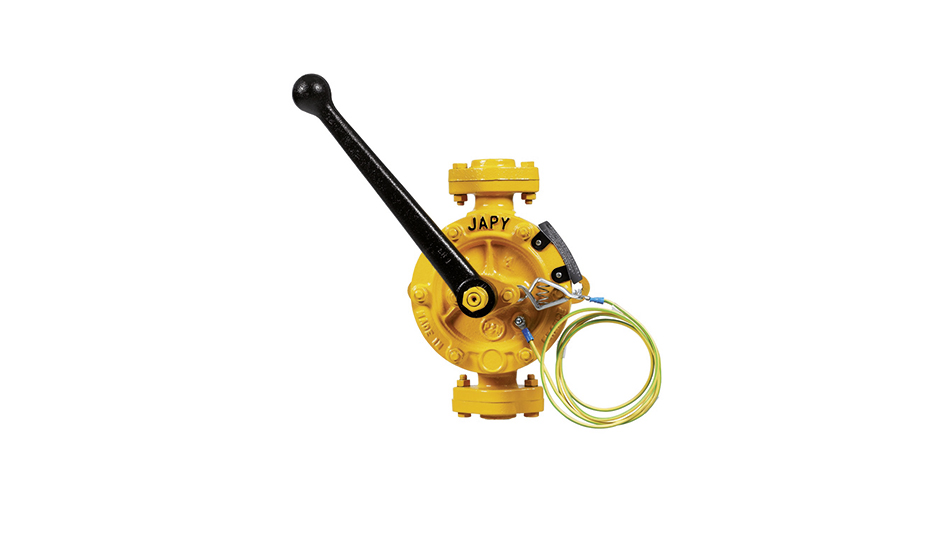What is the ATEX standard and how can I find an ATEX-compatible Japy pump?

What is the ATEX standard and how can I find an ATEX-compatible Japy pump?
The ATEX regulation comes from two European directives (2014/34/EU or ATEX 95 for equipment and protective systems intended for use in potentially explosive atmospheres, and 1999/92/EC or ATEX 137 on the minimum requirements for improving the safety and health protection of workers potentially at risk from explosive atmospheres).
In order to satisfy these regulatory requirements, we have created a dedicated range of ATEX pumps recognised for their quality and ready to be used in cutting-edge industries such as the oil, gas or petrochemical industry, etc.
Our range of products was developed to adapt to all environments, whether it concerns an ATEX electric pump, an ATEX pneumatic drainage pump or even centrifugal, immersed or cellar drainage pumps. To choose the model that suits your needs, our team of experts is at your disposal to answer all your questions.
Do you need any advice?
Our team of experts is fully capable of helping you with this process.
To contact us, simply click on the following link:
ATEX Japy pumps: a signing system to identify them easily
The ATEX (Explosive Atmosphere) pumps dedicated to hazardous areas are specially designed to meet the official standards related to explosion risks. It is important to note that incorrect use may result in the risk of injury to persons.
To help you recognise the ATEX pumps and obtain more explanations on ATEX, we provide a manual containing instructions specific to this type of pump, on which we affix the following sign:
The symbol showing that your pump complies with the ATEX directive 94/9/EC
The group no. in Roman numerals: I or II:
- I: for mining industries,
- II: for other industries,
The category of your pump: 1, 2 or 3
- 1: for sites where an explosive atmosphere is present for more than 1000 hours per year.
- 2: for sites where an explosive atmosphere is present between 10 and 1000 hours per year.
- 3: for sites where an explosive atmosphere is present for less than 10 hours per year.
The letter G and/or D
It means that your pump is suited for use in an explosive atmosphere caused by the presence of gas or inflammable mist (letter G: Gas), or is suited for an explosive atmosphere caused by the presence of flammable dust (letter D: DUST). The double marking GD means that your pump can be used in both atmospheres.
The temperature class of your device: T1, T2, T3, T4, T5, or T6
The temperature class is the maximum surface temperature that the pump can reach. It is given for an ambient temperature of 40°C, but depends on the temperature of the pumped fluid. The connection between the temperature class and the temperature of the pumped liquid is indicated after the temperature class.
T1: 450°C T2: 300°C T3: 200°C T4: 135°C T5: 100°C T6: 85°C
Example of the marking: II 2 G T4 (Tf<120°C)
Tf is the maximum temperature of the fluid.
A yellow colour code on the body of ATEX pumps
A yellow colour code was chosen to simplify the marking of ATEX-classified pumps. This is particularly useful when you have several ATEX pumps in your production chain or in a large industrial hangar. You can also consult our guide to recognise the type of pumps on the basis of their colour code.
